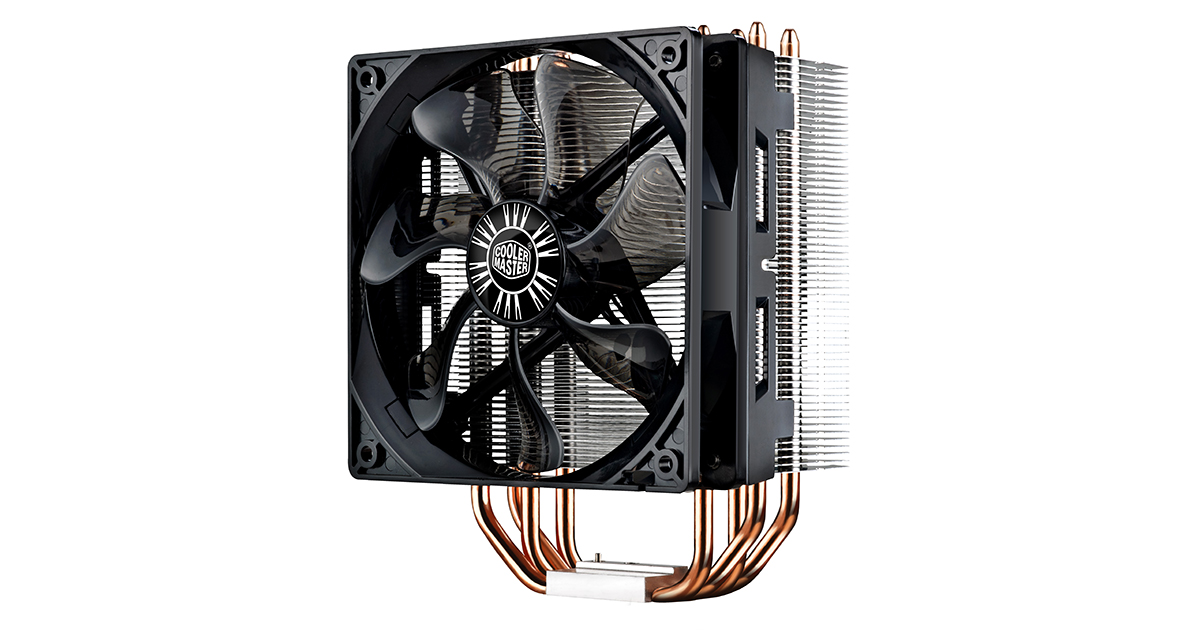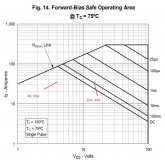I have been reading discussions about top balancing cells and I realized I need to be a bit more organized about this. So as part of that I think I will design a constant current, electronic load.
I am thinking about using one of the L2 family of Linear N channel MOSFETs from IXYS (Littlefuse).
This 100V, 110A MOSFET should be good to at least 50A without requiring esoteric heat sinks. Reason why I want to use one of the L2 series MOSFETs is they have are designed to be used in the linear region and have very generous SOA specs (less likely to let the smoke out).
 www.digikey.com
www.digikey.com
Looking for suggestions about what would be a good C rate to use for capacity testing of LiFePO4 cells. I have a set of 280 AH cells that I am dying to test. 0.2C would be 56A which should be doable with this MOSFET.
What else would it make sense to add? I think I am going to focus on single cell application for now. There are plenty of multi-cell capacity testers on Amazon. I couldn't find anything with the kinds of discharge amp levels I am thinking of.
Here is what I am considering:
I am thinking about using one of the L2 family of Linear N channel MOSFETs from IXYS (Littlefuse).
This 100V, 110A MOSFET should be good to at least 50A without requiring esoteric heat sinks. Reason why I want to use one of the L2 series MOSFETs is they have are designed to be used in the linear region and have very generous SOA specs (less likely to let the smoke out).
IXTH110N10L2 IXYS | Discrete Semiconductor Products | DigiKey
Order today, ships today. IXTH110N10L2 – N-Channel 100 V 110A (Tc) 600W (Tc) Through Hole TO-247 (IXTH) from IXYS. Pricing and Availability on millions of electronic components from Digi-Key Electronics.
Looking for suggestions about what would be a good C rate to use for capacity testing of LiFePO4 cells. I have a set of 280 AH cells that I am dying to test. 0.2C would be 56A which should be doable with this MOSFET.
What else would it make sense to add? I think I am going to focus on single cell application for now. There are plenty of multi-cell capacity testers on Amazon. I couldn't find anything with the kinds of discharge amp levels I am thinking of.
Here is what I am considering:
- A discharge voltage cutoff circuit to disconnect the load when the battery reaches 0% SOC.
- A constant current charge mode (so we can use an off the shelf 5V power supply).
- A charge voltage cutoff circuit to disconnect the external power supply when the battery voltage reaches 100% SOC.
- What is the appropriate voltage to stop discharging at? I see 2.5V commonly mentioned. Is this correct? Is this going to low? Not low enough?
- What is the appropriate voltage to stop charging at? I see 3.65V commonly mentioned, but I have also see references to stopping at a lower voltage.
- Do I need to add a soak timer or is it enough to just reach the specified max voltage then disconnect the charge source?
- Are pots sufficient? I think for the first pass this is how I will do it. At some point it could make sense to add some smarts to make the process automatic, record charge/discharge time, calculate AH and internal impedance of a cell.





